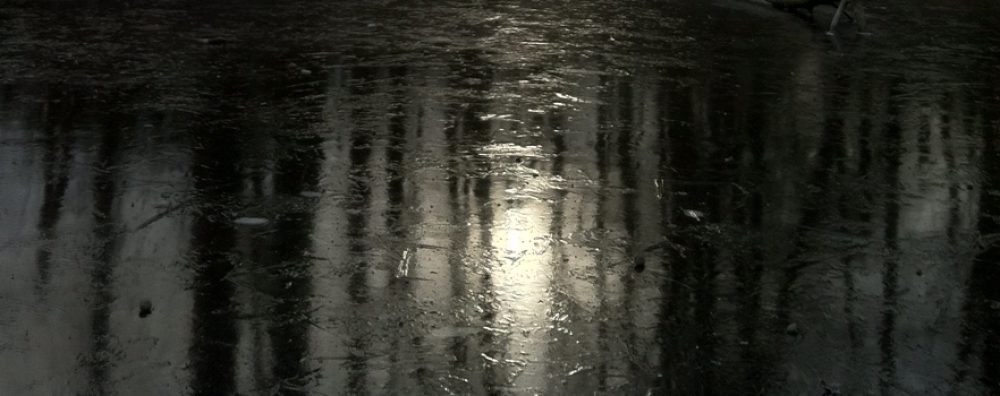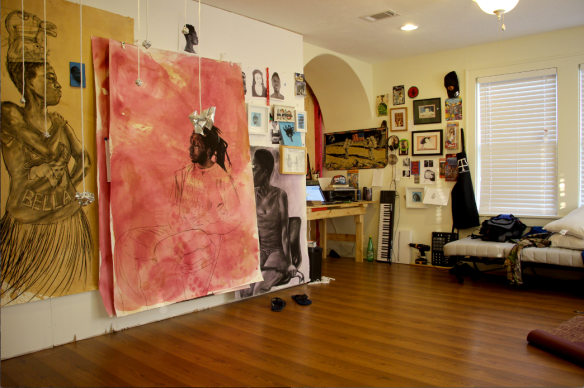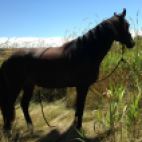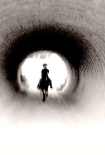Things That Kill curated by Norman Lundin
“Consider, for example, such varied assassins as leaded water, pills, red meat, too much sun…. Consider, for a moment more, that of the many things that kill, countless are appealingly beautiful as well as lethal, seducing artist and viewer. How to handle these “killers” in such a way that the intended expressive implications are conveyed, is as formidable an artistic challenge as engaging the more overt content implied by the show’s title.” -Norman Lundin
Including work by: Fred Birchman, Brian Blackham, Marsha Burns, Joe Crookes, John Fadeff, Ellen Garvens, Jim Holl, Michael Howard, Amy Huddleston, Caroline Kapp, Dianne Kornberg, Riva Lehrer, Brian Murphy, Elizabeth Ockwell, Anne Petty, Glenn Rudolph, Graham Shutt, Kathy Vargas and Evelyn Woods
September 1 – October 29, 2016
Opening Reception: First Thursday, September 1, 6 – 8pm
Artist Interview #35 Part 2: Dianne Kornberg
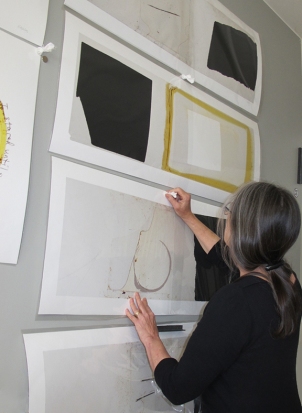
1. In what way is your work a reflection of the theme “Things That Kill”? Is your work for this show in line with or an exception to your usual way of working?
“Madonna Bomb 2” is the second in a series of four pieces that are a response to a poem by Celia Bland. The poem describes a suicide bombing, while referring metaphorically, in the context of the project as a whole, to the “bomb” of childbirth and parenting. It is one of twenty-six images that make up the exhibition and book titled Madonna Comix.
The stylistic elements I employed for this series are unique in my work–I developed them for this particular image/text project.
The subject matter–a pregnant woman wearing a suicide vest, plus the included poetic and comic text, is loaded content, at the very least the shock of a woman surfacing as a militant combatant in a religious cause, a jihad. For me there is an equivalency between the content and the “art” and I believe the art holds its own. But you will decide for yourself if the piece is “front-loaded.”
2. How did you approach the subject matter?
The project began when Celia sent me a selection of poems about the Madonna. I found that they addressed a range of ideas: the physicality of childbearing, self-sacrifice and suffering, ecstasy and adoration. They spoke of fears and choices and of things we take on faith. They spoke to multiple experiences of being a woman.
I considered the “smart-alecky” nature of some of the poetic text. I decided to scan Lulu comic book pages, and partially erase the images to serve as the surface on which to work. The proto-feminist “Little Lulu” comic books were empowering to me as a girl in the 1950’s because Lulu stepped outside gender roles–she went her own way, had opinions, out-witted the boys. I allowed some of the Lulu text to show through to serve as a “down to earth” commentary on Bland’s lyric language. My working process was very experimental. I utilized skills from my background in painting, printmaking, and photography. In addition to the figure, I included in the image the pentimento comic book page, a map of Jerusalem, a selection of text from the poem, and text from Little Lulu.
3. Are there any anecdotal notes that may give insight to a new viewer about your work in “Things that Kill”?
When I began working with the poem “Madonna Bomb” I went on-line to learn about suicide bombers. I came across a picture of a 15 year old girl hand-cuffed to a chain-link fence, wearing a suicide vest. At the time I did not realize that girls were being used as suicide bombers. The Lulu text included in Madonna Bomb 4 reads, “A little girl! WHAT?”
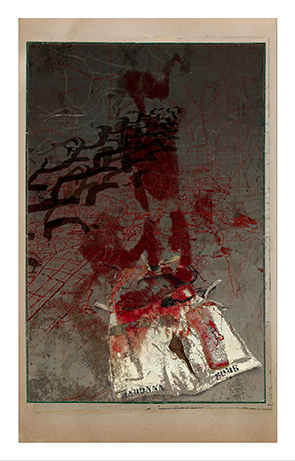
“Madonna Bomb 1”, 2012, archival pigment print
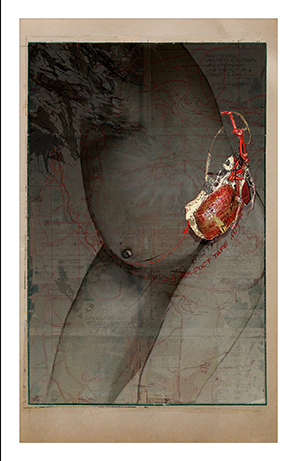
“Madonna Bomb 2″, 2012, archival pigment print, 31″ x 20” image, 32.5 x 21.5” framed (included in “Things That Kill”)
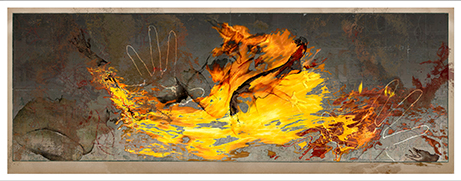
“Madonna Bomb 3”, 2012, archival pigment print
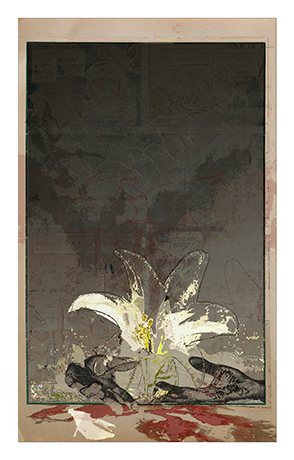
“Madonna Bomb 4”, 2012, archival pigment print
